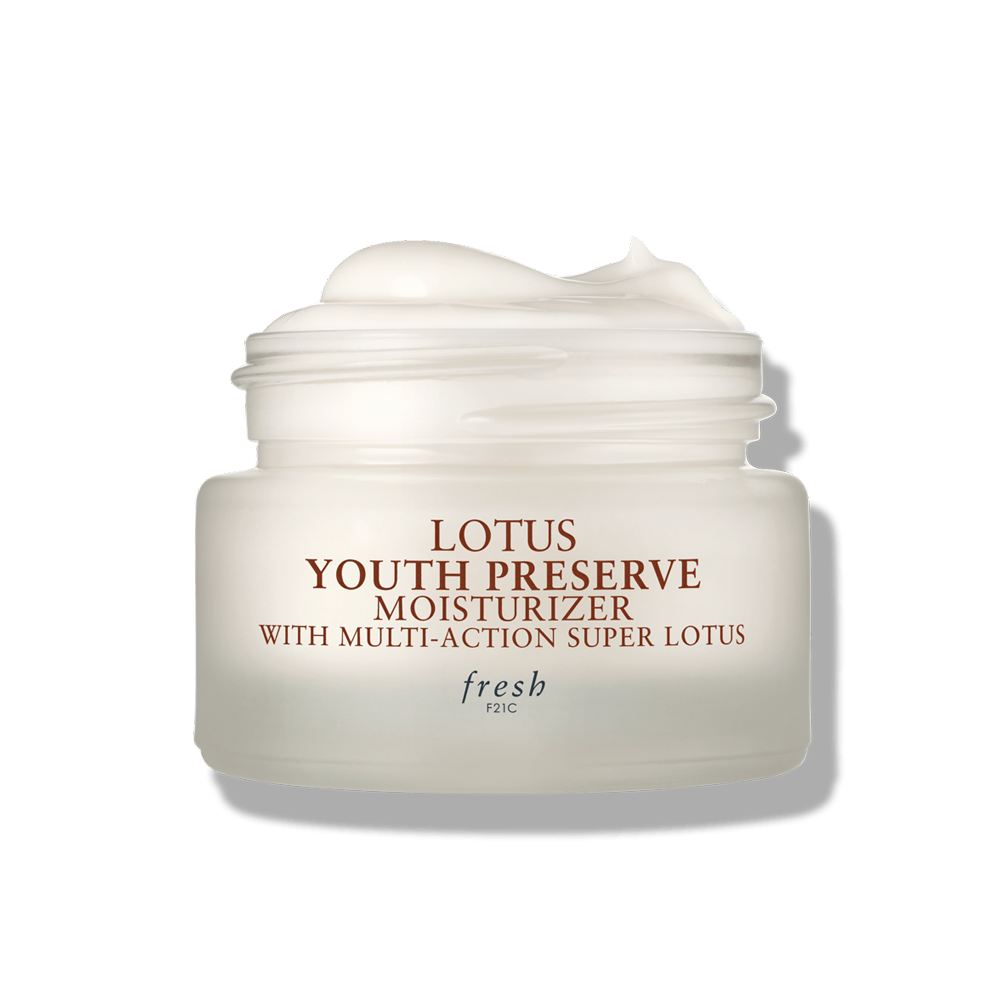
CO2 oils are most popular for use in vape pens, which give users greater safety and control than dabbing BHO concentrates. Other extraction methods do not use toxic solvents, but instead pressure and CO2 gasses to remove terpenes and cannabinoids from marijuana flowers. The consistency of the final product can vary from a translucent, glass-like substance, often referred to as “shatter,” to soft waxes called “honeycomb” or “crumble.” Butane extraction produces the concentrate BHO (butane hash oil), one of the strongest concentrates. In addition to pressed hash, hash oil can be created using a variety of solvents like butane that extract the resinous material from the marijuana plant’s flowers. In fact, until cannabis prohibition in the early twentieth century, tinctures were the most common form of medical cannabis in the United States. Tinctures are liquid concentrates made through alcohol extraction, pulling out many of the marijuana plant’s beneficial cannabinoids. Hash is made by compressing the cannabinoid-rich resin of the marijuana plant. One of the oldest forms of marijuana concentrate is hashish or hash. There are several types of cannabis concentrates offered on the legal market today. Though this requires large quantities of kief and therefore large amounts of marijuana Hashish This makes it ideal as the raw material for producing waxes and other concentrates. Kief can be extremely potent because it almost entirely consists of terpenes and cannabinoids. Many devices for grinding cannabis include a screen to sift out and separate kief, which also goes by the name “dry sift” or “pollen.” As a result, kief often ends up coating the bottom of the bag or container storing the marijuana.

Handling and grinding cannabis flower causes the tips of the delicate resin glands to break off.

These chemicals which interact with our body to produce marijuana’s signature effects. The term kief refers to the sticky, bulbous crystalline formations on the tip of a gland called a “trichome.” Trichomes are external resin glands packed with the chemicals that give marijuana its flavors and smells, called “terpenes.” They also contain high concentrations of cannabinoids. The flowering portions of the marijuana plant contain the richest concentrations of terpenes and cannabinoids, the most desirable compounds of the plant for medical and recreational marijuana users. The most ubiquitous form of prepared cannabis is the dried and cured flowers of female cannabis plants. From the simple process of drying and curing marijuana flowers, to the sophisticated chemistry of producing cannabis concentrates, here’s a guide to the most common forms of cannabis. And while final marijuana products may come in many forms, each aims to provide rich concentrations of the terpenes, cannabinoids, and other desirable compounds the marijuana plant produces. There are many ways to prepare cannabis for consumption. Ultimately, this guide explains everything you need to know about marijuana, so you can be fully informed next time you answer the question, what is cannabis? Preparing Cannabis Cannabis Nug.

The guide also introduces those new to cannabis to the many ways to consume marijuana, and much more. It offers a survey of the most important medical cannabis research while highlighting emerging trends in the legal cannabis market. This guide to marijuana also gives an overview of the most popular medical and recreational uses of cannabis. It covers basic information about the marijuana plant, cannabis preparations, and the crucial elements of plant anatomy and science. This guide is an introduction to anyone looking to inform themselves about the reality of cannabis.

As a result, the demand for trustworthy, accurate information about cannabis is at an all-time high. Thus, marijuana is re-emerging as an important cultural, social and political force, yet knowledge about the drug is incomplete, inconsistent and plagued by false information. Legal, commercial cannabis businesses are already making an enormous economic impact.
#Hesperides cannabis full#
Today, the legal landscape that has prohibited marijuana for much of the twentieth century is giving way to decriminalization and full legalization. Both as a medicine and as a recreational substance, cannabis is the most popular illicit drug in the world. Cannabis, also referred to as marijuana, has been an integral part of human civilizations for millennia.


 0 kommentar(er)
0 kommentar(er)
